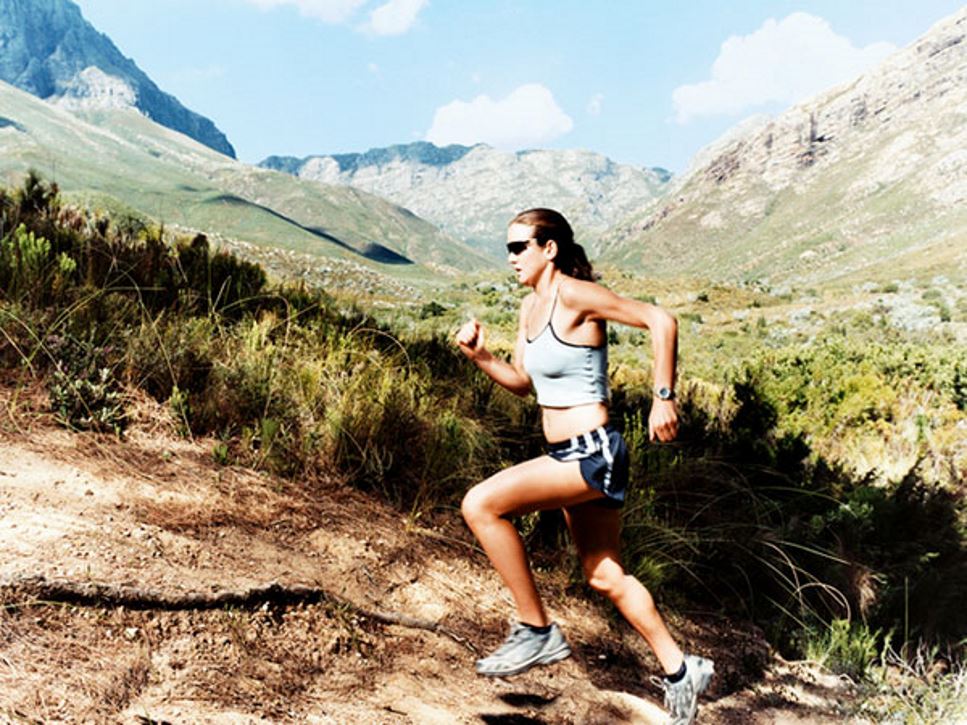Regular, moderate-intensity physical activity may help prevent Type 2 diabetes and reduce or slow complications from Type 1 or Type 2 diabetes. But what about more intense physical activity such as endurance sports, including marathons and triathlons? With healthy training and nutrition management to meet individualized goals, people with diabetes can achieve improved blood glucose control and fewer hypoglycemic (low blood sugar) episodes while participating in endurance sports.
Before Beginning an Endurance Sport
When it comes to sports, diabetes management always is the first priority. First, talk to your doctor about whether you need to use an insulin pump, continuous glucose monitor or undergo pre-training medical testing. Determine your safe blood glucose range for training and competing. Once you've gotten the go-ahead from your doctor, consult a registered dietitian nutritionist specializing in sports and diabetes care.
When You Start Endurance Training
Avoiding hypoglycemia is important for individuals who take insulin or insulin secretagogues. If blood sugar is below 90 mg/dl before exercise, then individuals taking these medications may benefit from a snack that includes carbohydrate. For exercise that lasts longer than 60 minutes, additional carbohydrate may be needed to keep blood sugar within a safe range. Hypoglycemia is less common for people with diabetes who don’t take insulin. For some individuals, intense physical activity may even raise blood glucose levels rather than cause hypoglycemia.
When starting an endurance sport, follow these five tips:
- Check your blood sugar frequently, and stay in the blood glucose range that you and your physician decide upon.
- Always carry a quickly absorbable form of glucose — glucose tablets, sports drinks or gels— when training.
- Train with a partner until you are skilled at avoiding hypoglycemia.
- Wear a medical alert ID bracelet, or any medical tag that helps alert paramedics or emergency responders of your diabetes and any additional important medical condition that may require immediate or special attention.
- Eat and drink before, during and after exercising. Hyperglycemia is worse with dehydration, and high blood sugar levels can cause the body to lose additional water. Urine color should be pale yellow throughout the day.
Eat Right for Optimal Blood Glucose Control When Training
Plan meals, snacks and beverages to meet your blood glucose targets, and make adjustments depending on how your blood sugar is responding to your training. Consistent carbohydrate intake throughout the day is recommended as well as including well-balanced meals that incorporate quality sources of carbohydrate, lean protein and healthy fat. Adjustments to medications, including doses of insulin, also may be required, but this should be done under the supervision of your physician.
Within 60 minutes after exercising, a carbohydrate snack can help prevent hypoglycemia, although low blood sugar can occur even hours after exercising. Eat a regular meal within two hours of exercising and continue to check your blood sugar regularly.
Fueling strategies for diabetes and endurance sports are highly individualized, and an RDN who specializes in sports nutrition can help you develop a personalized eating plan. Search the Academy's Find a Nutrition Expert database to find an RDN near you.
Find a Nutrition Expert
Looking for credible nutrition information and recommendations? The Academy of Nutrition and Dietetics' network of credentialed food and nutrition practitioners are ready to help!

